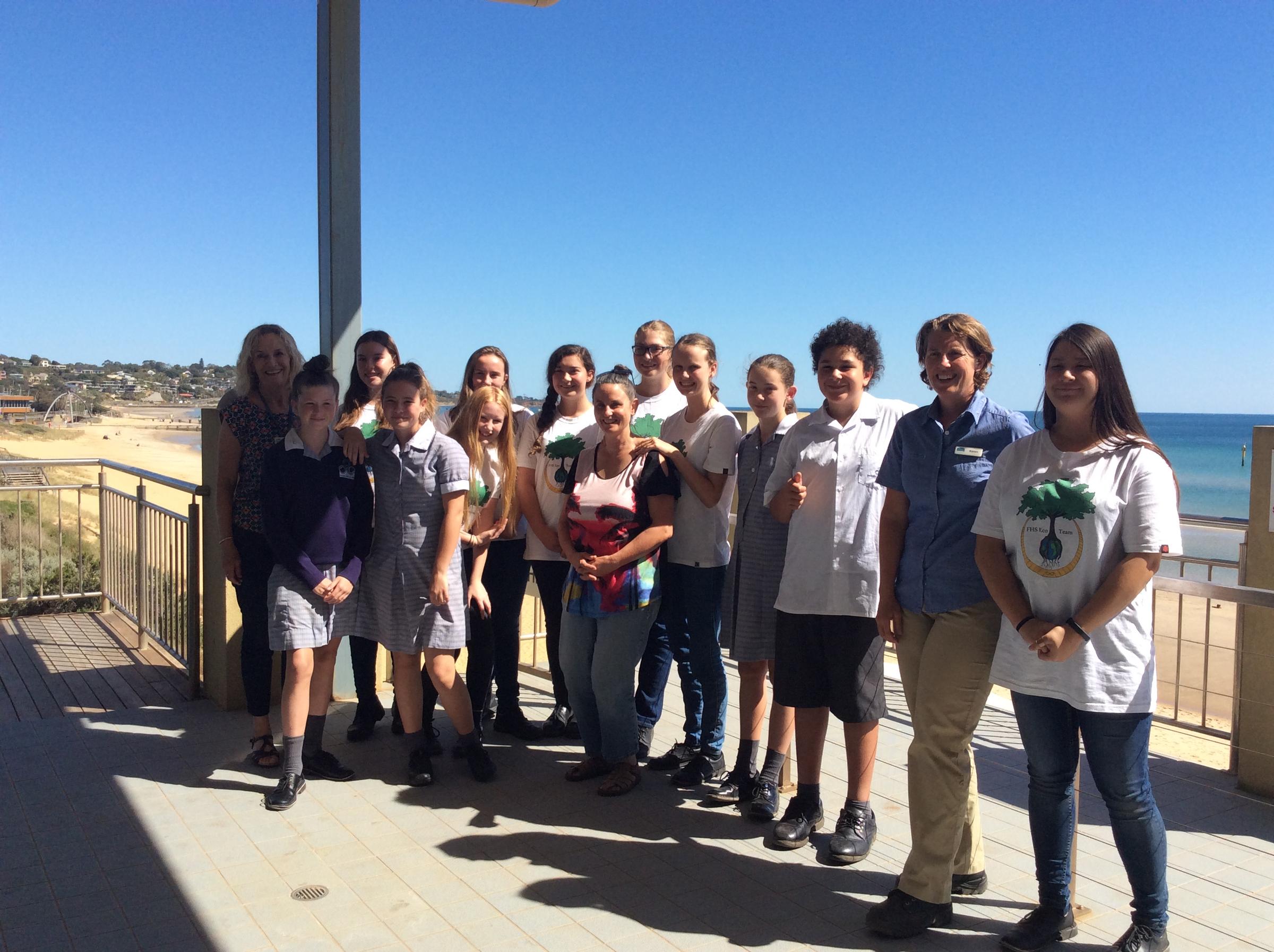ECO Team News

How to decrease your negative impact on the environment.
1. Consider what you spend your money on.
What this means: If you spend money on something you are saying ‘I like your product’. If it is not good for the environment you are also saying ‘I’m okay with you destroying the natural environment to provide me with this product’. However, if the product is good for the environment you are saying ‘I’m supporting you for doing the right thing’. Give your money to companies doing the right thing.
Examples of brands / companies doing the right thing:
2. Do an Ecosia search on how you can make a difference.
You search the web and Ecosia plants trees. Searching online with Ecosia is like searching with any other search engine, with one major difference. They use the profit they make from searches to plant trees where they are needed most. Make it your default internet browser.
3. Decrease your energy use.
Unplug electrical equipment when not in use. Turn off lights, the television, etc. when you leave the room. When new electrical equipment is purchased, buy the most efficient possible. Use timer features and power saving features on ‘smart’ devices. Keep the heating / cooling around 22 degrees. In winter, wear warmer clothing to reduce heating costs. Read a book sometimes instead of watching television.
4. Compost food scraps.
Create a compost in your backyard. Use your compost to fertilise your garden. No backyard? Get an indoor Bokashi System - you’ll be able to compost everything including meat and bone! Why is composting important? It keeps methane (which is a more powerful greenhouse gas than carbon dioxide) out of our landfills and out of the atmosphere.
5. Avoid palm oil in products not certified sustainable.
Some products use sustainable palm oil, if so it will be clearly marked on the packaging. However, there are a heap of products that use palm oil from unsustainable plantations. Why is this bad? Major deforestation occurs, biodiversity and Earth’s natural climate filters are lost. For information on products containing palm oil click HERE.
6. Use recycled paper.
If your paper products aren’t recycled or labelled as being from a sustainable plantation, chances are they are coming from illegally logged forests. There are plenty of recycled paper products on the market – support them. To find out if products are certified by the Forest Stewardship Council (FSC) look for their logo or search using the FSC site.
And don’t forget to put a ‘No Junk Mail’ sign on your letter box! If there is someone in your family that loves junk mail, no problem, send them to Lasoo.
7. Be active.
Speak with people about how climate change and plastic pollution will change our world. Write to companies doing the wrong thing to let them know they need to change or you will stop buying their product. Don’t be content with allowing your future to be compromised. Show doubters the following videos:
Look up more videos on YouTube if they need further convincing. And don’t forget the 'VIDEOS FOR CHANGE' Competition!
8. Get rid of single use plastics.
Plastics are contaminating our environment significantly, so getting rid of single use plastics is essential. Refuse plastic straws, cutlery, double wrapped products, cups etc. Remember that you use them for a few minutes at most, but they will last in the environment, polluting it, for at least 500 years – probably more. Take your soft plastics to the bins at the front of Woolworths or Coles where REDcycle will likely turn them into other plastic products.
9. Don’t buy balloons.
They make their way into oceans where they look like food to marine creatures. Once eaten they often kill marine animals. Use bubbles as an alternative at celebratory events. Pleas see the trailer for Rubber Jellyfish below.
10. Plogging.
If you are a runner / walker, take a receptacle with you and pick up rubbish along the way. You’ll be healthier, as will the environment.
Clips featured in the presentation:
Mr Brendan McKinnon
(Sustainability Coordinator)
and Eco Team
